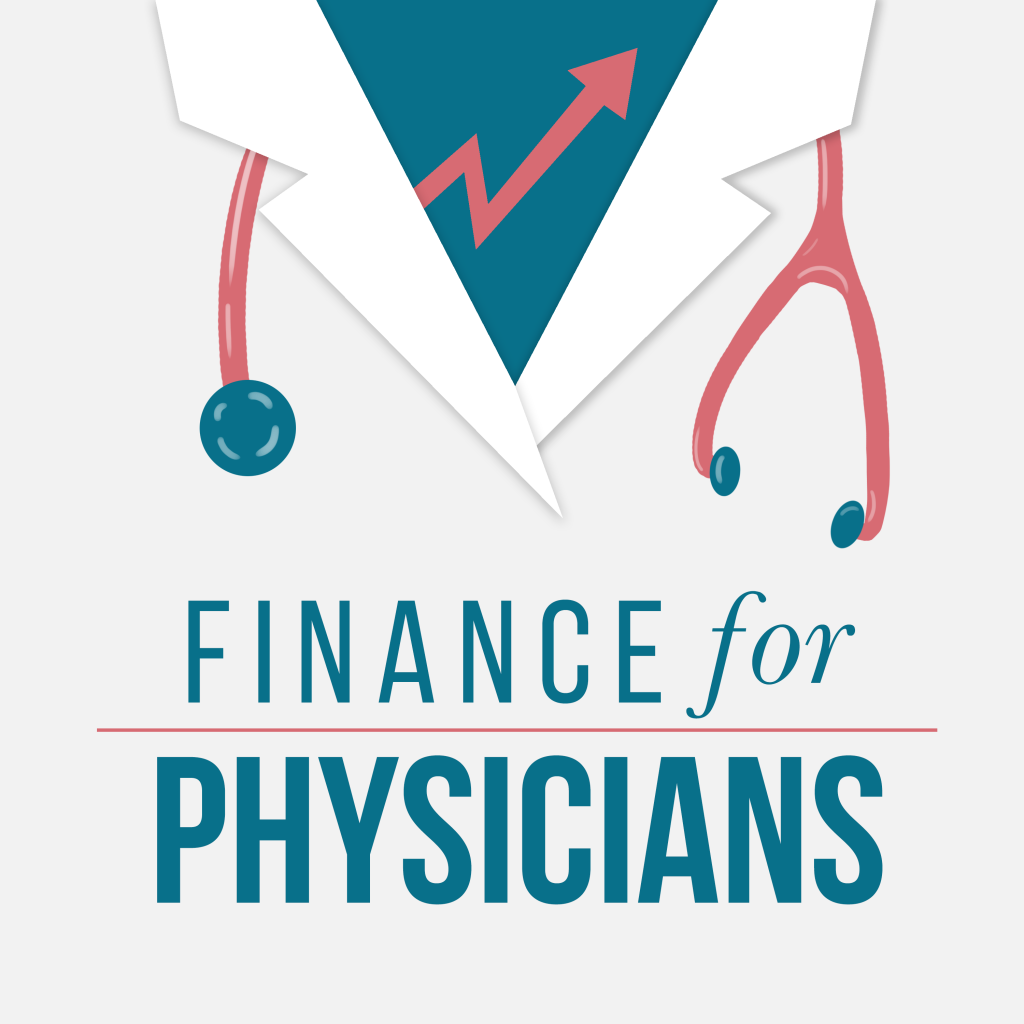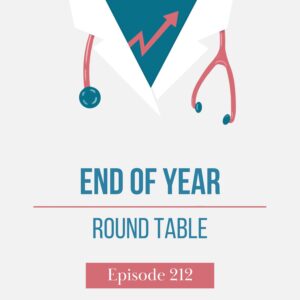Who wants to reduce their taxes? The first step requires educating yourself on the basics.
In this episode of the Finance For Physicians Podcast, Daniel Wrenne talks to David Glenn, a Certified Public Accountant (CPA) and founder of Glenn Advisory and the basics of how income taxes work. They also chat about some of the most common tax savings strategies that begin to appear when you start to understand how this all works.
Topics Discussed:
- Baseline Knowledge:
- How does the federal tax return work?
- What are progressive taxes?
- How does income flow through the tax return?
- What are itemized deductions and credits?
- How do tax withholdings, deductions and credits affect tax refund or payment?
- Form 1040: Main section of your income tax return where everything comes together
- Why compensation doesn’t always equal federal taxable wages
- Qualified dividends are preferred over nonqualified dividends
- What to look for to avoid back-door Roth IRA taxation mistakes
- Social Security: Can be taxed up to 85%
- Capital Gains/Losses: Recognize sale of stocks, real estate, other capital assets
- Adjusted Gross Income (AGI) Adjustments: HSA, self-employment, and others
- Tax Deductions: Itemized or standard deduction(s) based on filing status
- Use taxable income and tax tables to determine total tax due
- Tax Credits are great because they directly offset tax due dollar for dollar
Links:
IRS Tax Forms, Instructions, and Publications
Schedule D (Form 1040), Capital Gains and Losses
Schedule 1 – Additional Income and Adjustments to Income
Form W-2 Wage and Tax Statement
Form W-4 Employee Withholding Certificate









